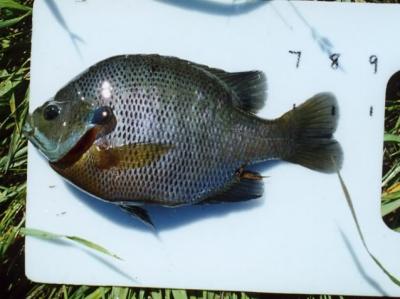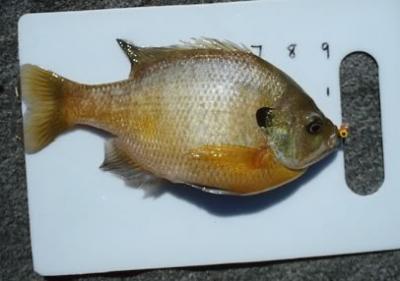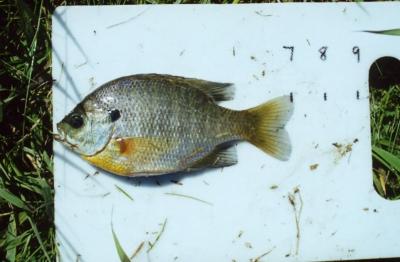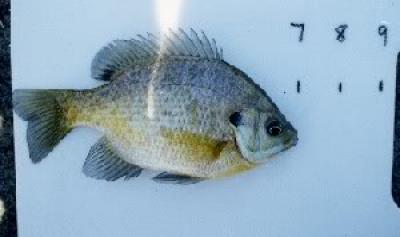Hi all,
I am trying to save the big bluegill. I need your help!
My reasoning for that is because for a sunfish to get 8 inches long it takes 7-9 years. People around here go bonkers for decent sunfish and will go back over and over taking every one home. They will not let any of the big ones go back. Once a lake is hammered, it takes another 7-9 years before another year class gets that big.
My advice to this, is to go ahead and fish them, but don’t keep all the big ones. If you are going to keep a limit, maybe keep a 1/3 of the bigger ones and the rest of your keepers be smaller. If you do release the bigger ones, try to release the males. They will pass on their genetics and will protect the nests from smaller males.
It is a vicious cycle. It has become a rare thing to catch nice gills and that is why people go crazy when a lake does finally give some up.
Not sure how many of you get In-Fisherman magazine, but they have a good article on how to produce Big Bluegills in the new issue.
It talks about how to produce big bluegills in ponds and goes over in detail why it is so important to release the Big males. They say all male sunfish over 8 inches should be released to give your pond the best chance at producing consistent year classes of huge bluegills.
Now I know our local lakes are not managed ponds, but I just want to educate people and hopefully those people will educate another sportsman and eventually it will become more common like people releasing walleyes over 20 inches.
I am hoping to educate and hope that IDO will do a show on this.
Adam 






